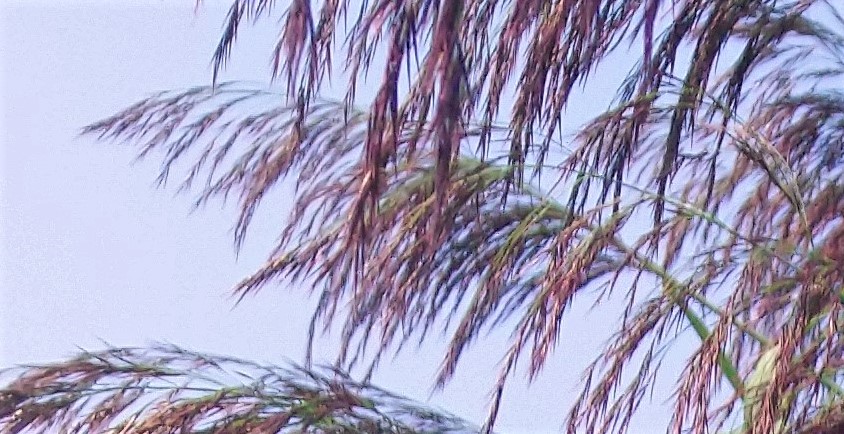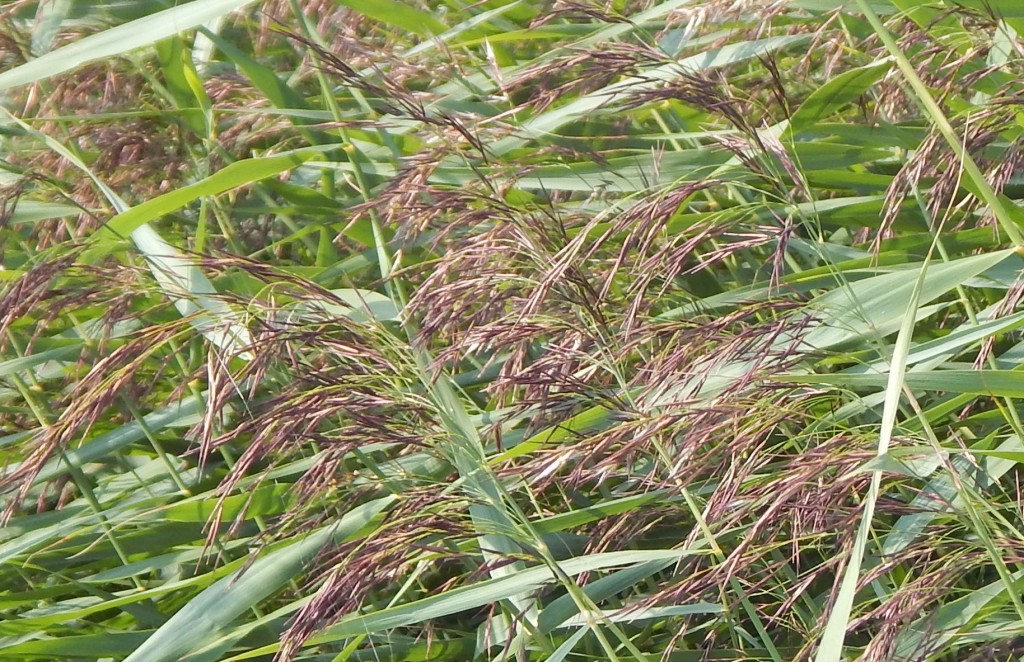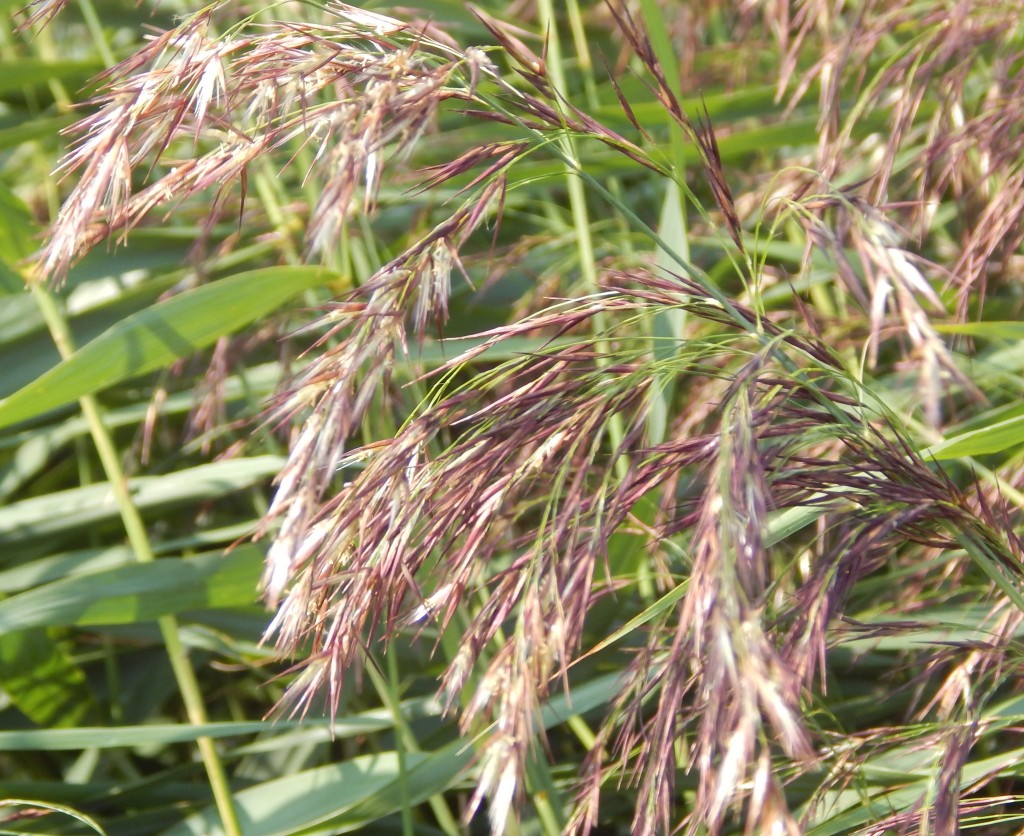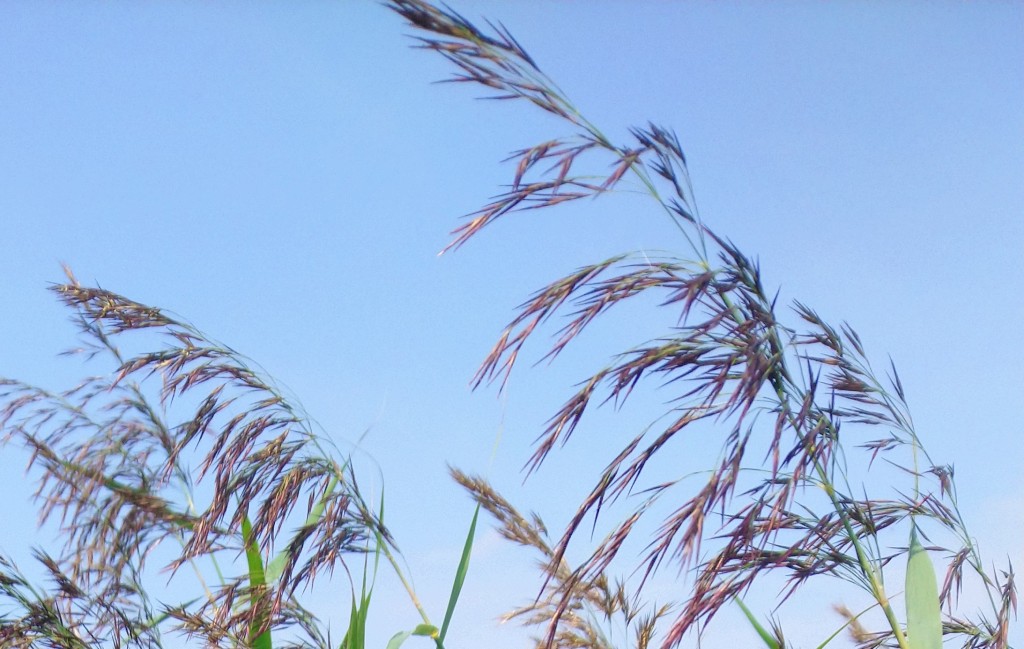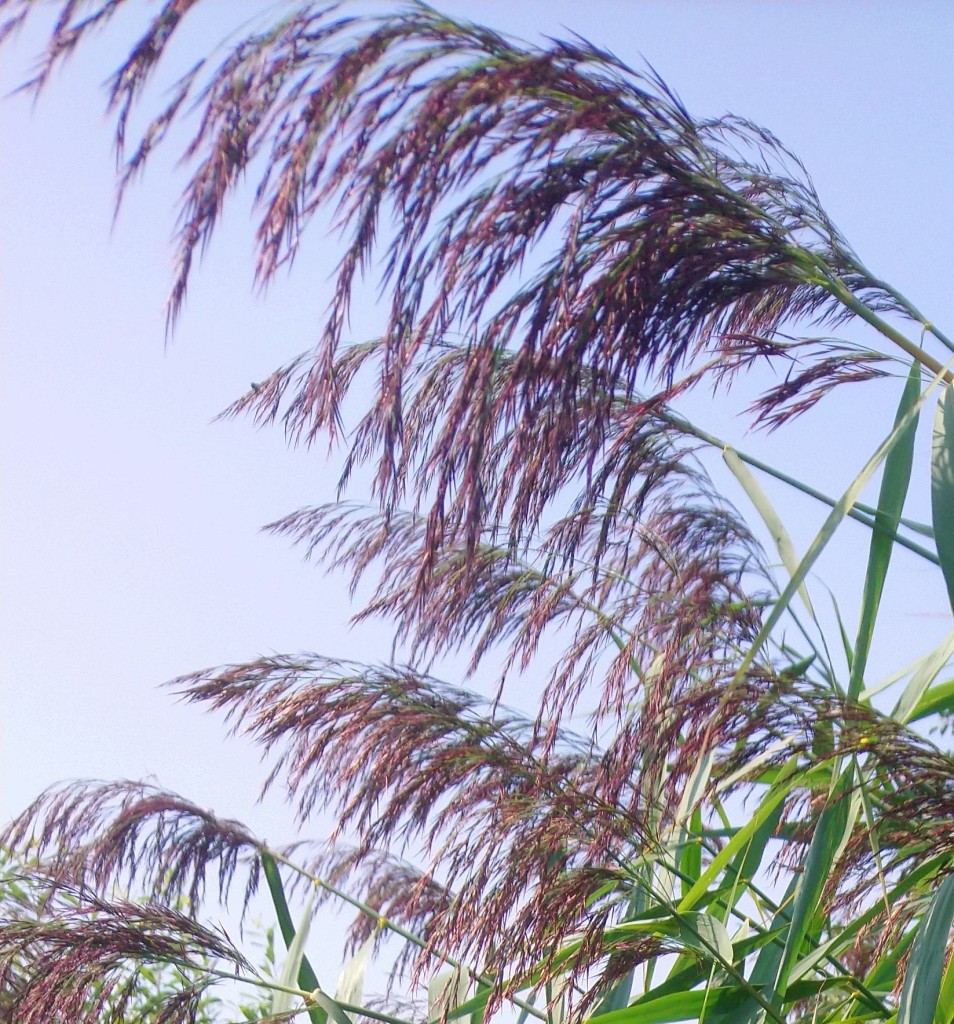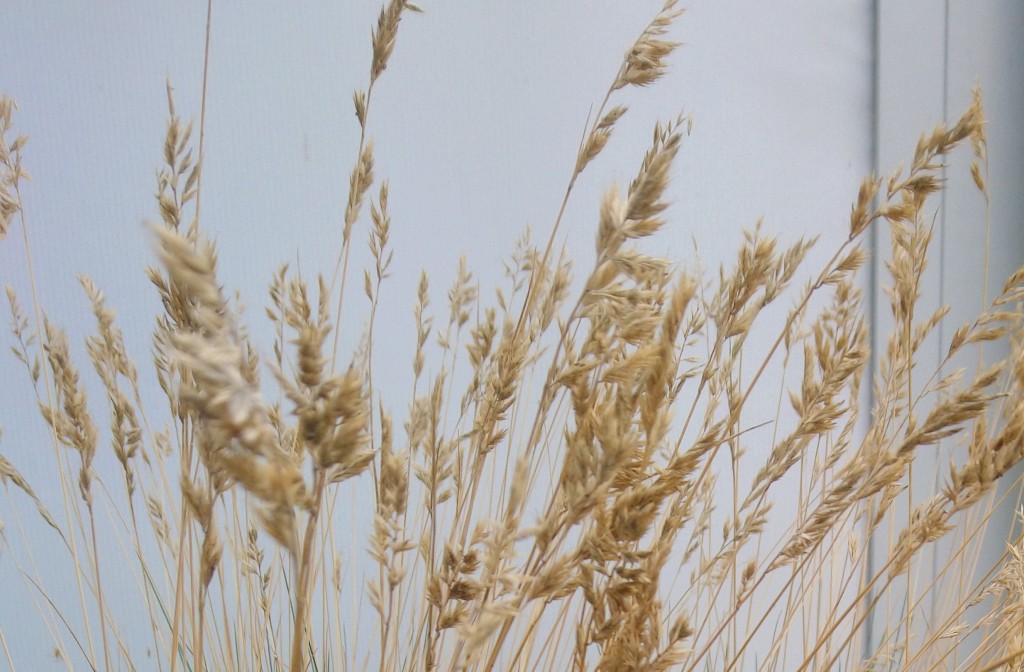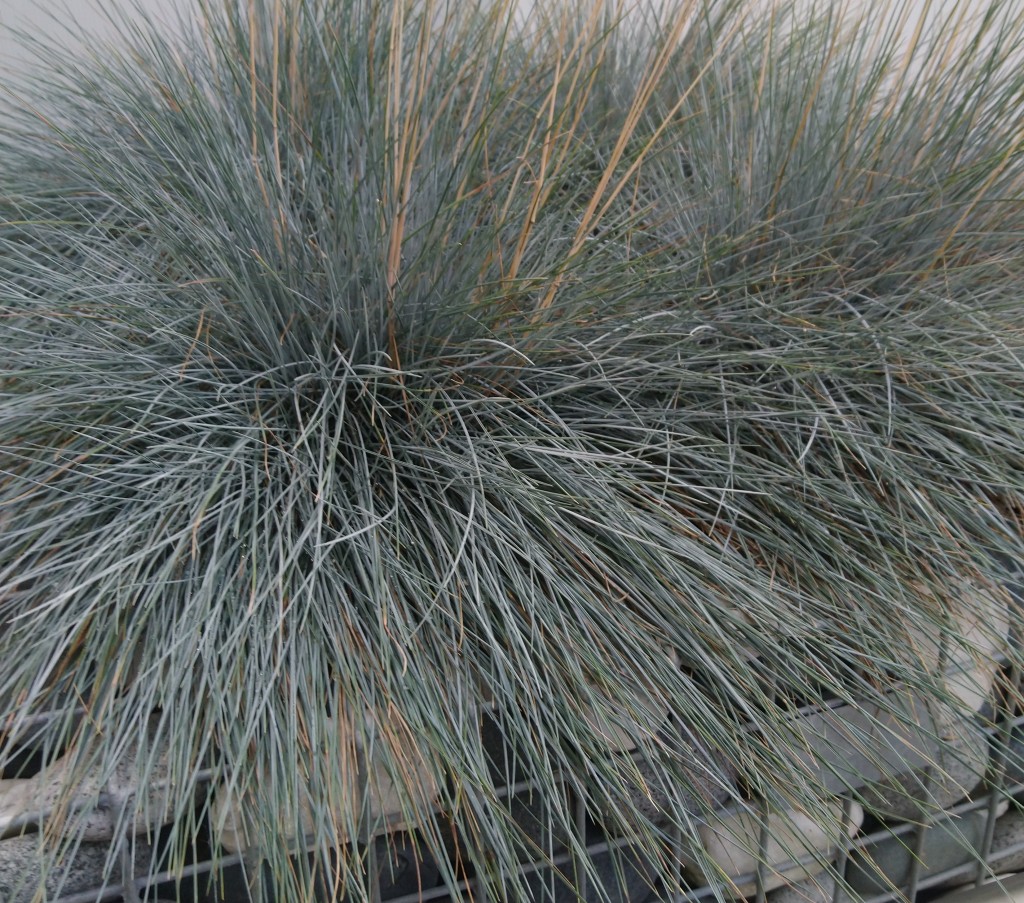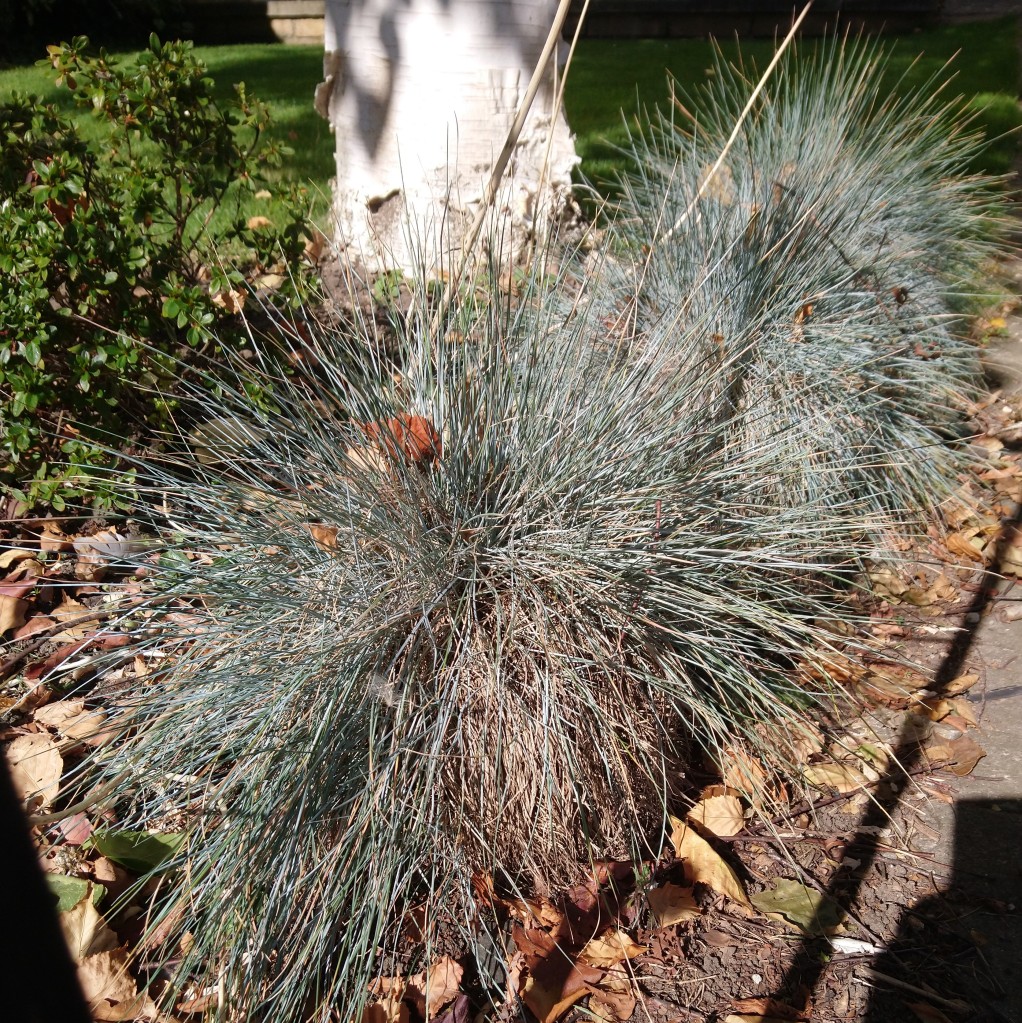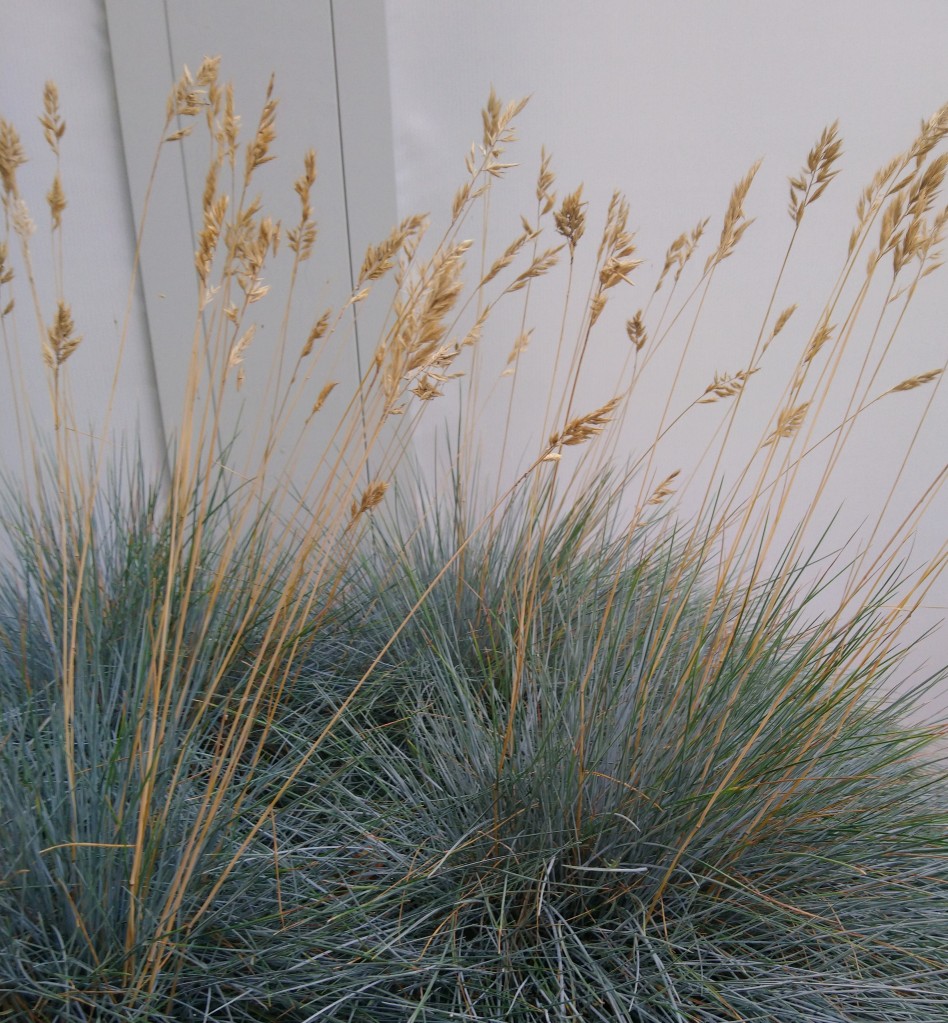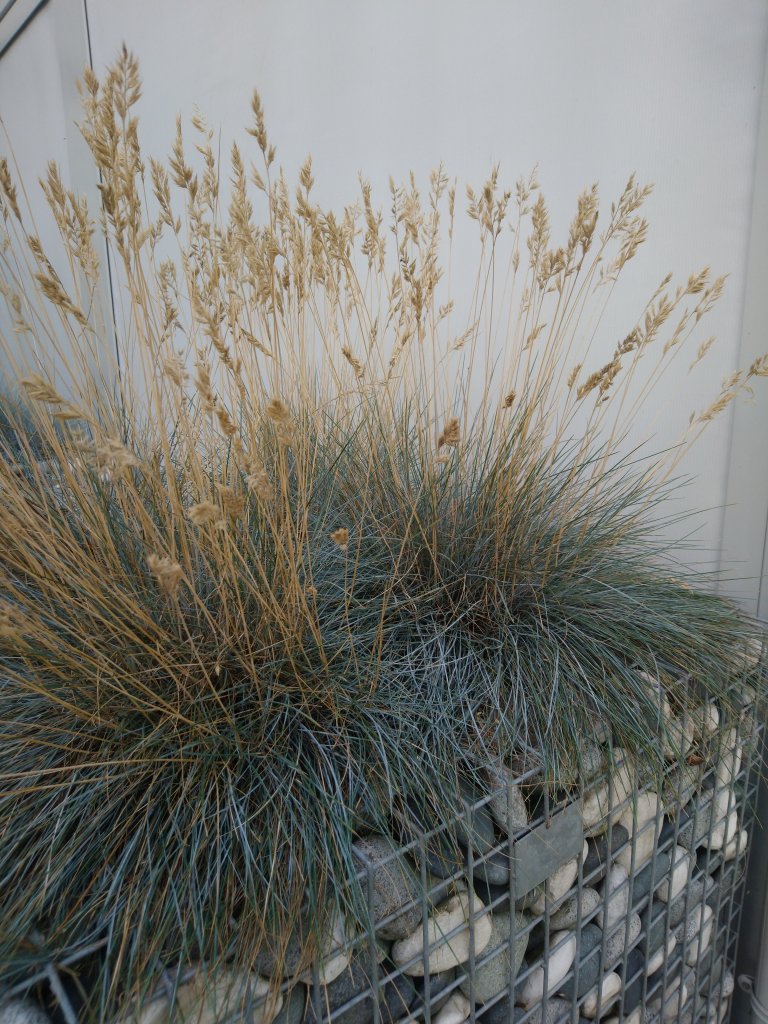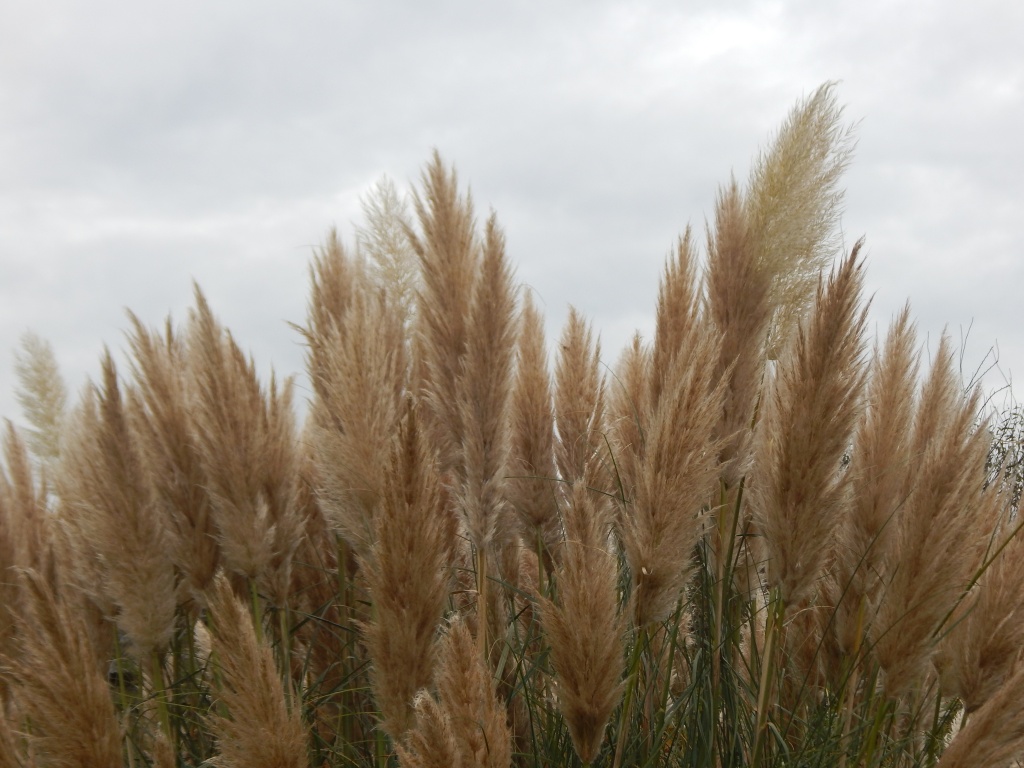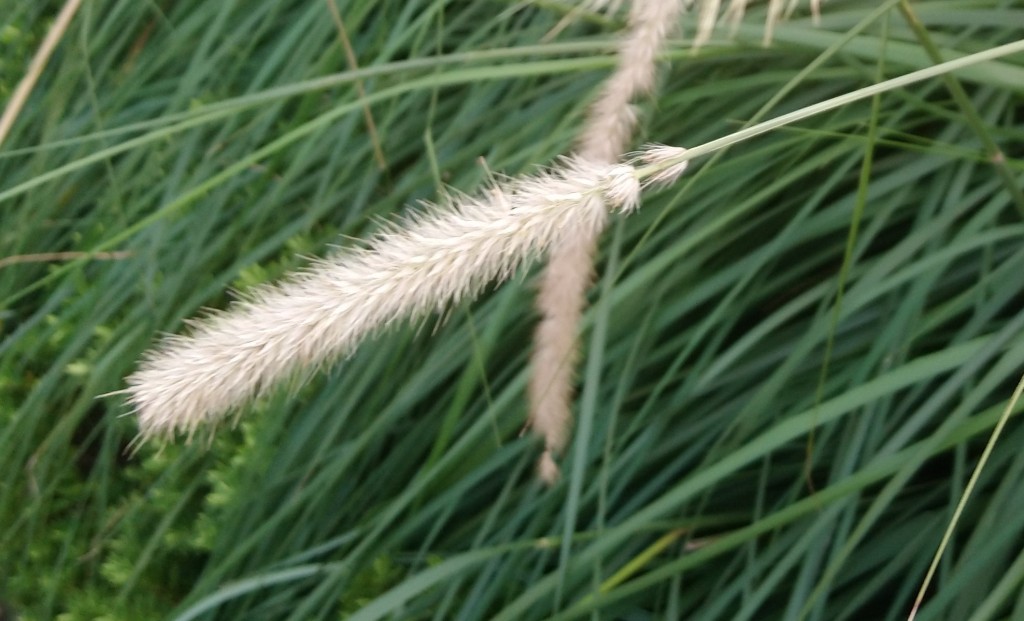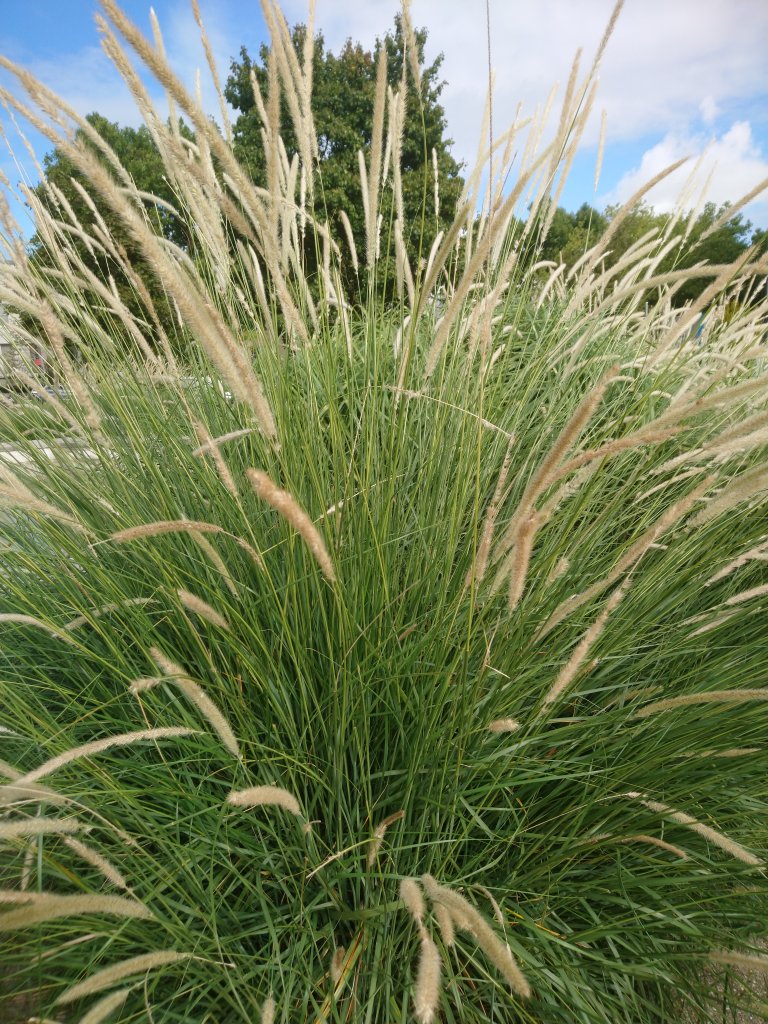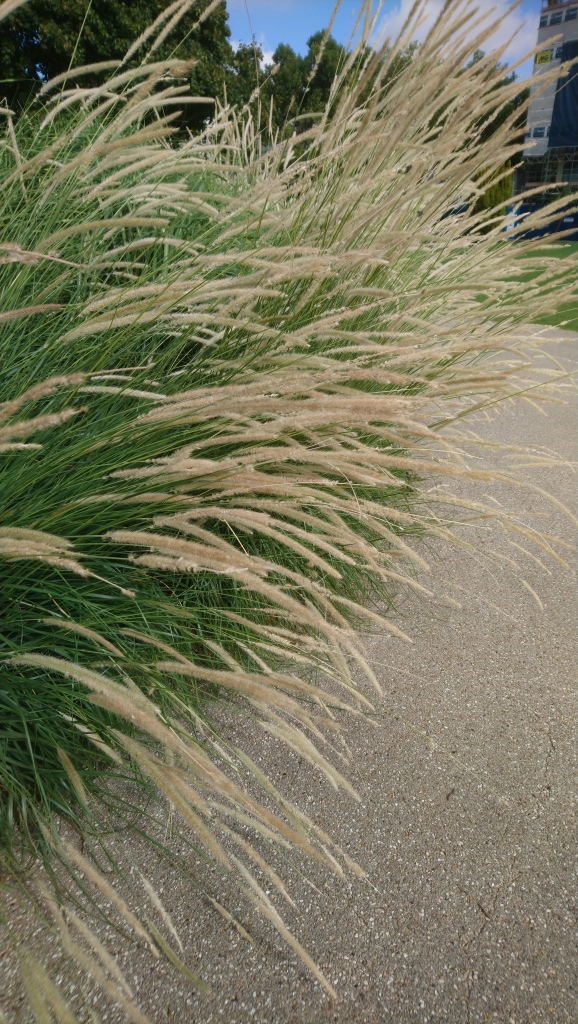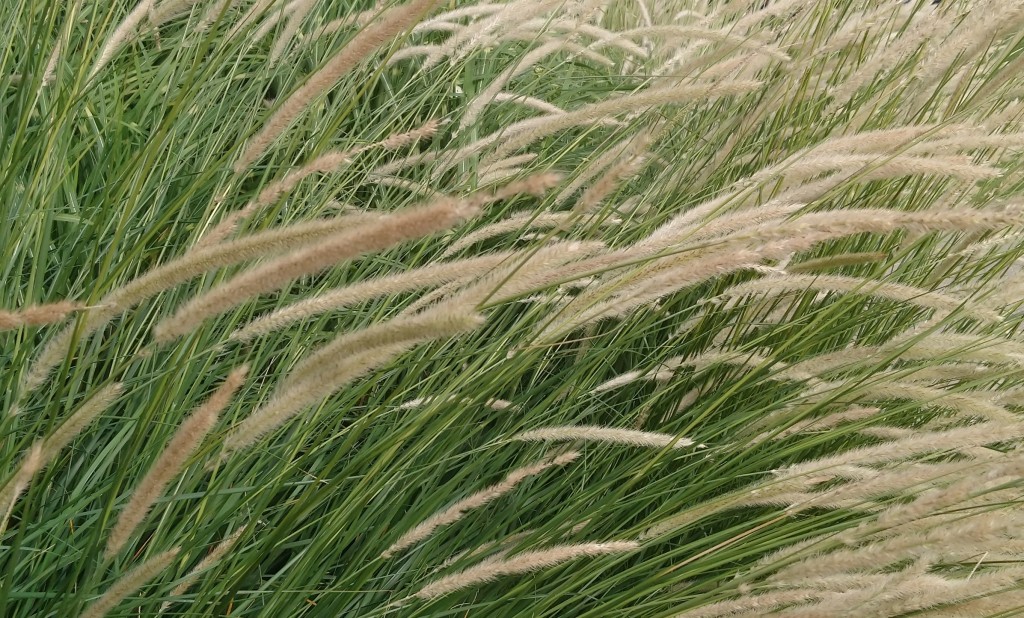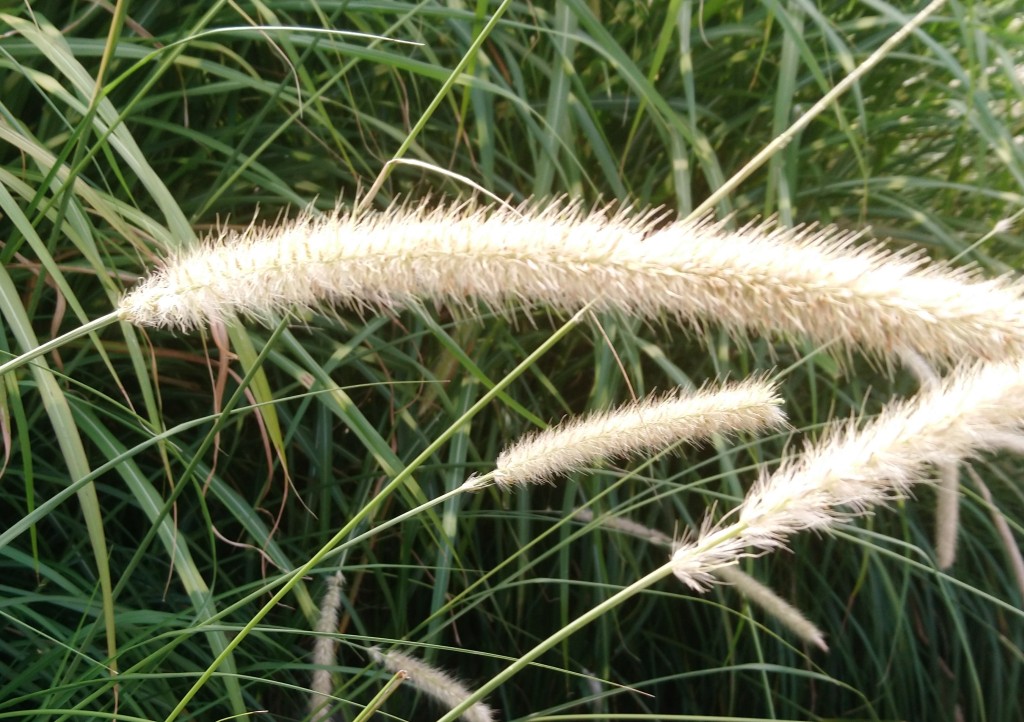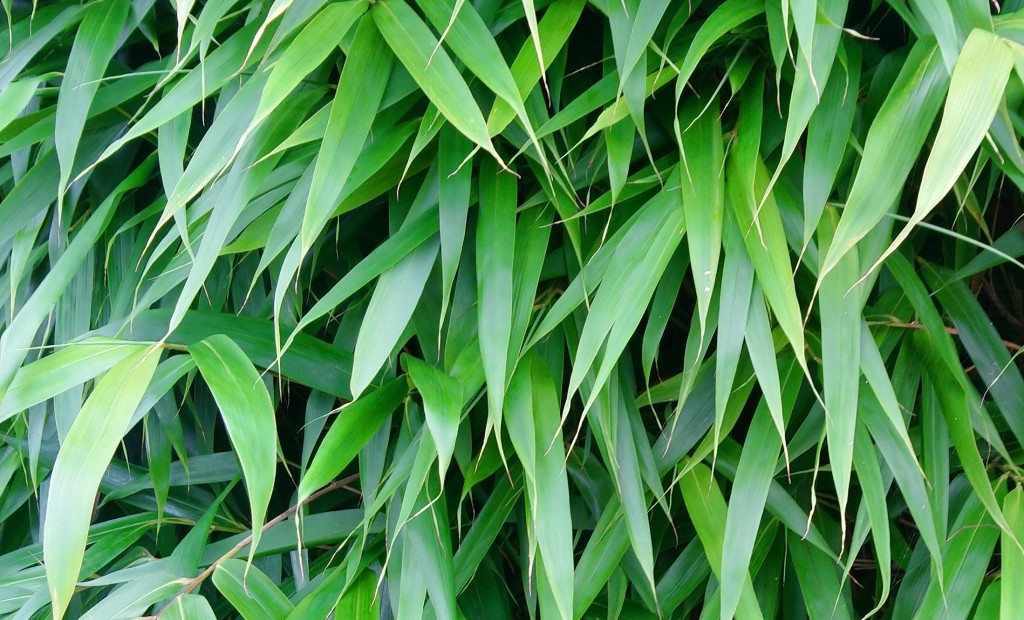
[263] Phyllostachys aurea, Fishpole Bamboo
Introduction
Phyllostachys aurea, Fishpole Bamboo (or Fish-pole Bamboo), is a species of bamboo commonly planted in gardens and parks, sometimes trimmed into the form of a hedge.
It has other common names including Golden Bamboo and Yellow Bamboo.
All grasses in the tribe Bambusoideae are called bamboos, as are many genera that have recently been moved out of this subfamily.
Taxonomy
Kingdom – Plants
Division – Vascular Plants
Class – Angiosperms (Flowering Plants)
Clade – Monocots
Order – Poales
Family – Poaceae
Subfamily – Bambusoideae (Bamboo)
Tribe – Arundinarieae (Single subtribe)
Subtribe – Arundinariinae (Temperate woody bamboos)
Genus – Phyllostachys
Scientific Name – Phyllostachys aurea
Name
The derivation of ‘bamboo’ is uncertain but it probably comes via Dutch or Portuguese from Malay bamboo.
When I was young, we sometimes went fishing in the local river. We used a net held in a circle of metal that was fixed to the end of a piece of bamboo. The same bamboo is used in gardening to support small growing plants or for cheap fencing. Of course, this is not the only species used for fishpoles.
The Latinized genus Bambusa and higher-level taxonomic name are derived from the modern English name. Phyllo-stachys from Ancient Greek roots, means leaf-ear (in the sense of an ear of corn or other grain) and relates to its flowers, so it could apply to any bamboo! Aurea means golden. In Britain it may not look golden or yellow.
Description
There are over a thousand species of bamboo and to the layman they are just large grasses. Of course, technically the obvious characteristics are ‘the presence of bracteate, indeterminate inflorescences, “pseudospikelets”, and flowers with three lodicules, six stamens, and three stigmata.’ They come from tropical or sub-tropical climates and their canes have many uses.
Fishpole Bamboo is a typical species of bamboo normally growing to three or four metres in height. It can form clumps that are quite bushy in appearance. There is not much else that I can say about it.
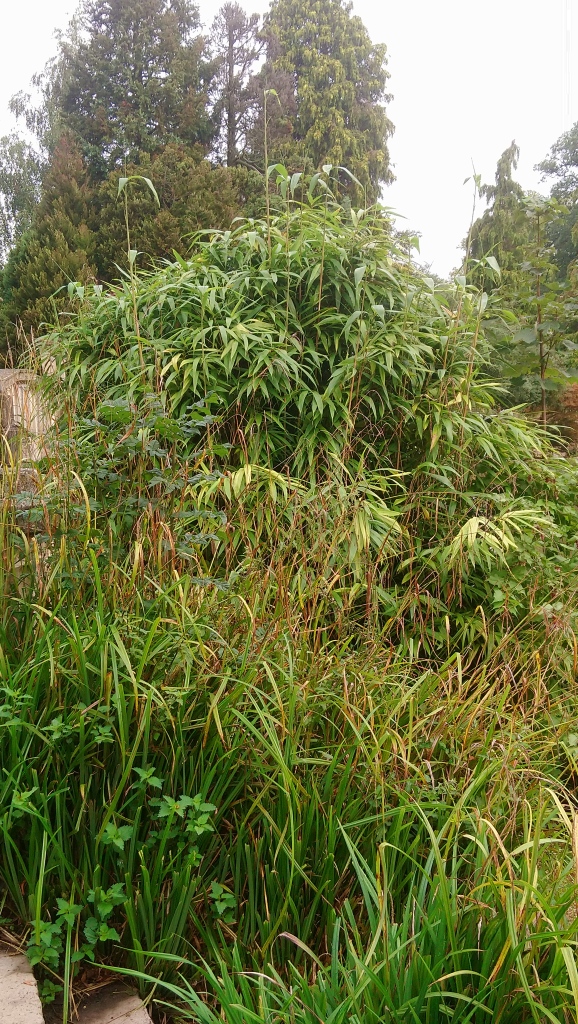
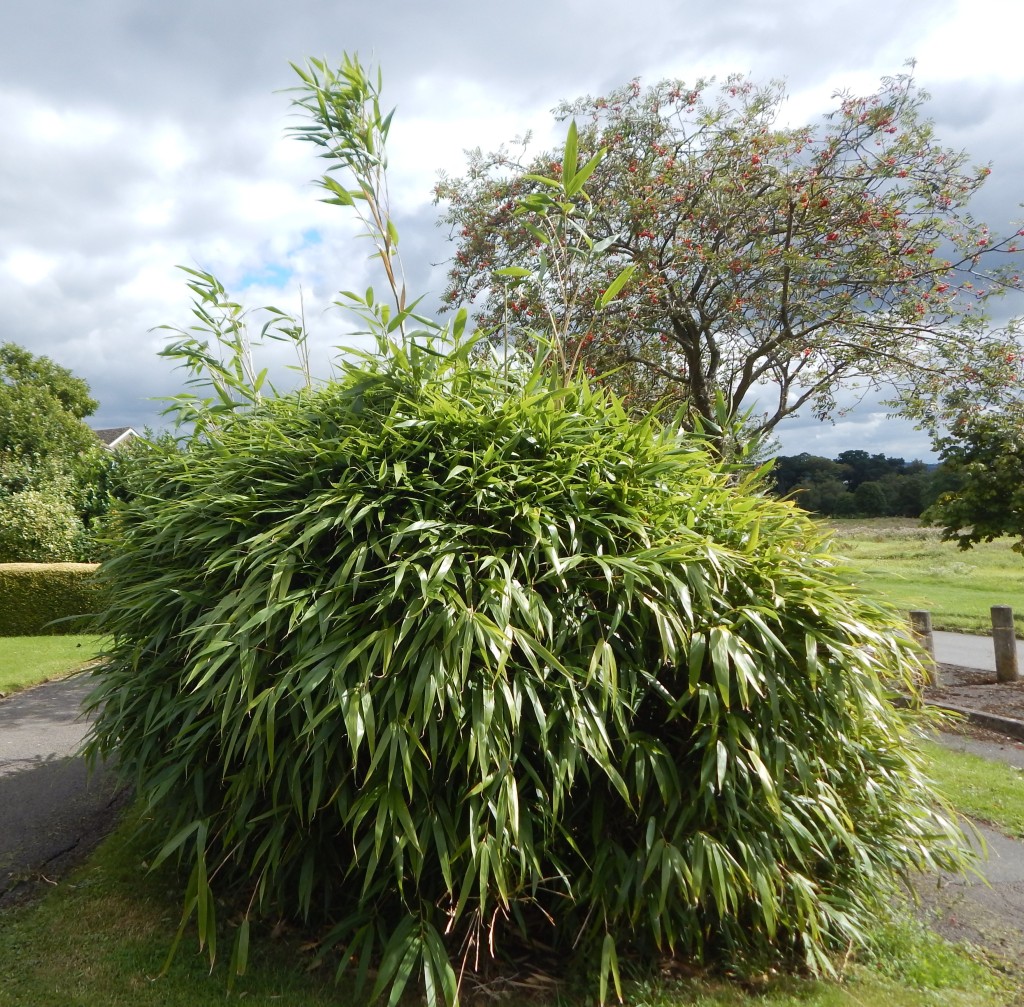




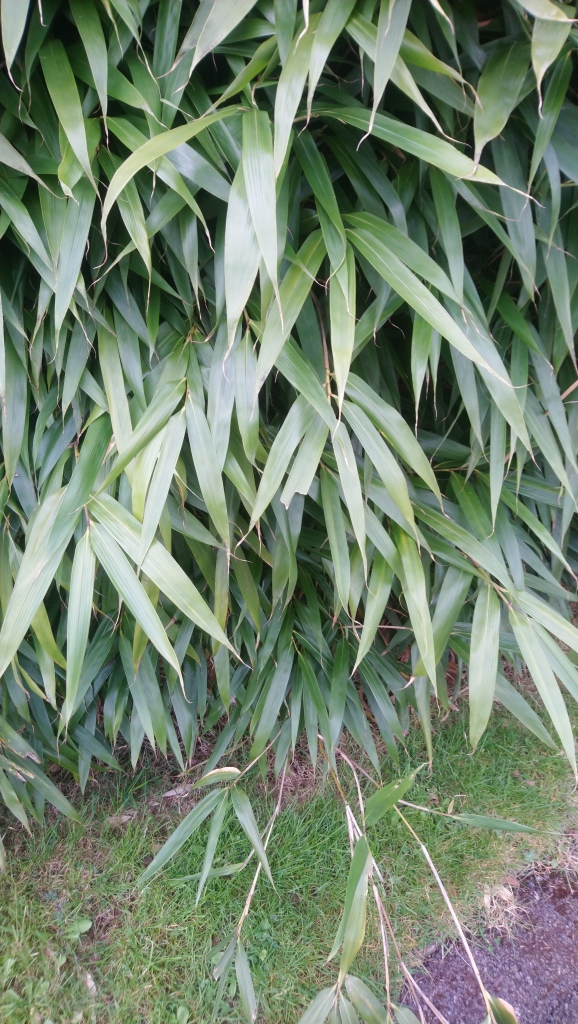

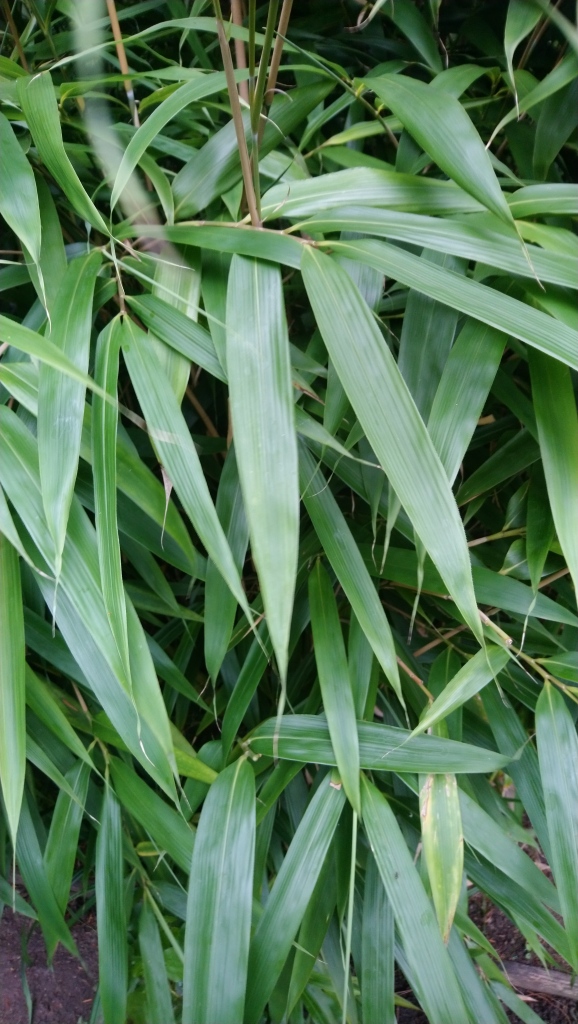


Its other names are derived from the fact that canes can turn yellow and eventually orange-gold in bright sunlight, but those that I have seen have been just green.
Habitat and use
Phyllostachys aurea is native to parts of China.
It is widely cultivated in gardens and is suited to use as a (tall) hedge. Several cultivars are available, many of which are selected to exaggerate the yellow colouring. It is so much the most common cultivated species that it is often described as Bamboo aurea in horticulture.
Other Notes
I have been surprised to see this so much in gardens. Most of my pictures come from a local street pavement.
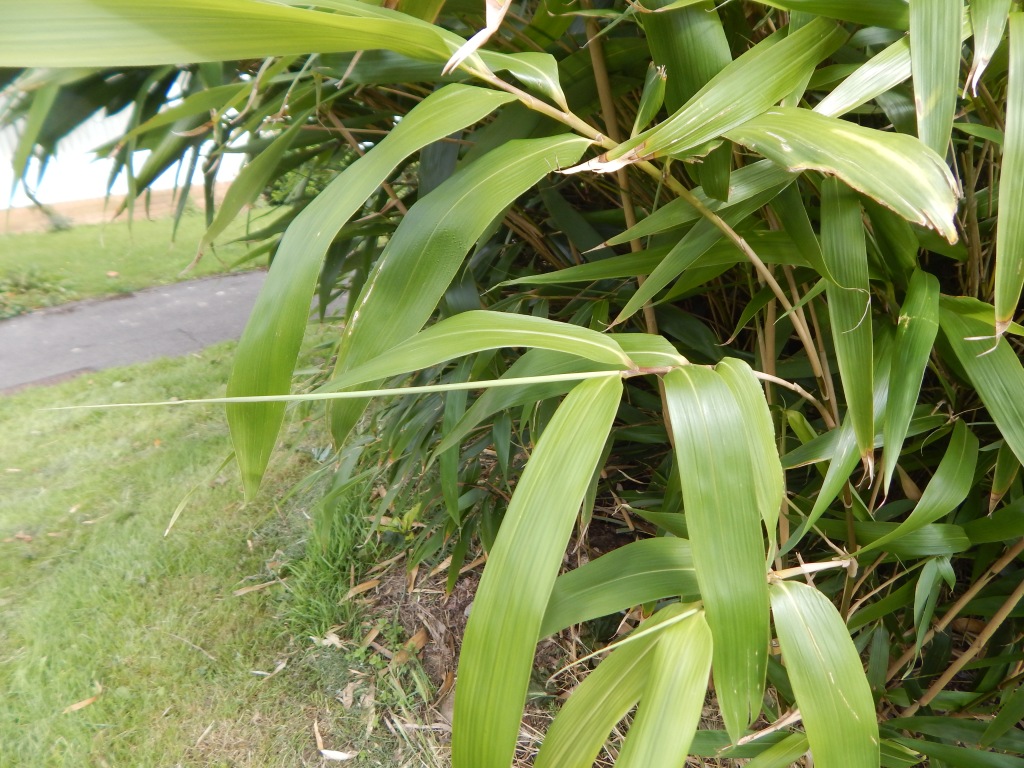
See also
Other species of Phyllostachys and other types of bamboo may be cultivated for garden use. You may also see them in public ornamental parks.
I had expected to find Sugarcane (Saccharum officinalis and related species) to be a bamboo but it isn’t. Sugar is a distantly related type of grass that is closer to [364] Maize (known in the USA as corn.)

